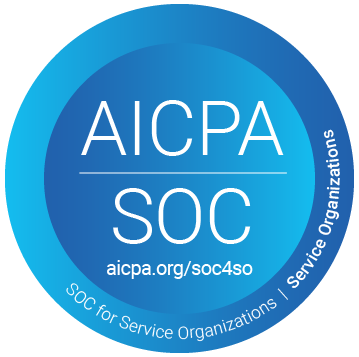The Most Important Supply Chain Risks for Manufacturers
In supply-chain risk management, many organizations often do not know where to start. For manufacturers, the supply chain is always changing, and this means risks are always evolving. This could include supplier, process, shipping, and even finished product risk. Because of the speed at which risks pop up, we put together this article to outline six of the most important supply chain risks for manufacturers.
What is Supply Chain Risk?
In manufacturing, there will always be disruptions to the supply chain that can potentially harm the business, these are known as Supply Chain Risks.
A supply chain risk is any risk in the supply chain that could harm the overall organization, the processes followed, or the output of goods and services, and revenue.
To mitigate supply chain risks, your organization needs a risk management plan. According to the security management company Reciprocity, “supply chain risk management (SCRM) is the process of taking the necessary steps to identify, assess, and mitigate the risks of an organization’s supply chain.”
When creating this Risk Management Plan for your business, there are many major risk factors that are completely out of your control. And to create a Supply Chain Risk Management Plan that suits your organizational needs; you must first have a basic understanding of the most common supply chain risks.
Labor Concerns & Unions
In manufacturing, labor unions are common. Unions make it difficult to change employee contracts or things like wages and hours employees’ work. Because of this, there are a lot of reasons organizations need to make sure they have the right workers’ compensation insurance in place.
For example, if manufacturing is at a low point and raw materials are expensive, your organization may need to lay off employees. With a union in place, this is difficult. Make sure you have the right insurance in place during these times so you can make the necessary adjustments and everybody is happy with them.
Competition Risks
More manufacturers are merging now than ever before, and this is bringing a concern of monopolies forming. Because of this, it is important that your organization looks at this risk and figures out what technologies and materials you need for the highest performance.
Raw Material Prices
Manufacturers do not decide the prices of raw materials. The prices go up and down depending on supply and demand. Therefore, they constantly face the decision of how much of the price they pass on to customers. Also, when the prices fall, they are faced with the decision of accumulating resources or lowering prices to stay with the competition.
Economic Conditions
Inflation is incontrollable, so manufacturers must decide how much they want to compete with competitors and meet the demands of customer prices. A lot of risks come with the economics of manufacturing, so it is important to have a risk manager on hand who understands both manufacturing and economics to decide the best course of action.
Cyber Security
Cyber risks are the fastest growing risk for all organizations today. With manufacturing becoming more dependent on technology, this is an enormous risk faced by many organizations. It is important to make sure there are safeguards in place to ward off cyber-attacks and assure production moves smoothly.
Federal, State, & Local Regulations
A lot of laws and regulations affect manufacturing. For example, local changes to environmental law can change an organization’s entire manufacturing process. Another example is the minimum wage. If the federal minimum wage increases, manufacturers must adjust costs in other places to assure all employees receive proper compensation.
How Do I Mitigate these Risks?
One of the best ways to mitigate supply chain risks is with a Certificate of Insurance (COI) tracking and management software. This is because, at the base of every strong organization, there are insurance policies in place to ensure protection.
By having software that tracks your insurance policies and makes sure you meet all the right limits, you are on track to protecting your organization from any risks it faces.


